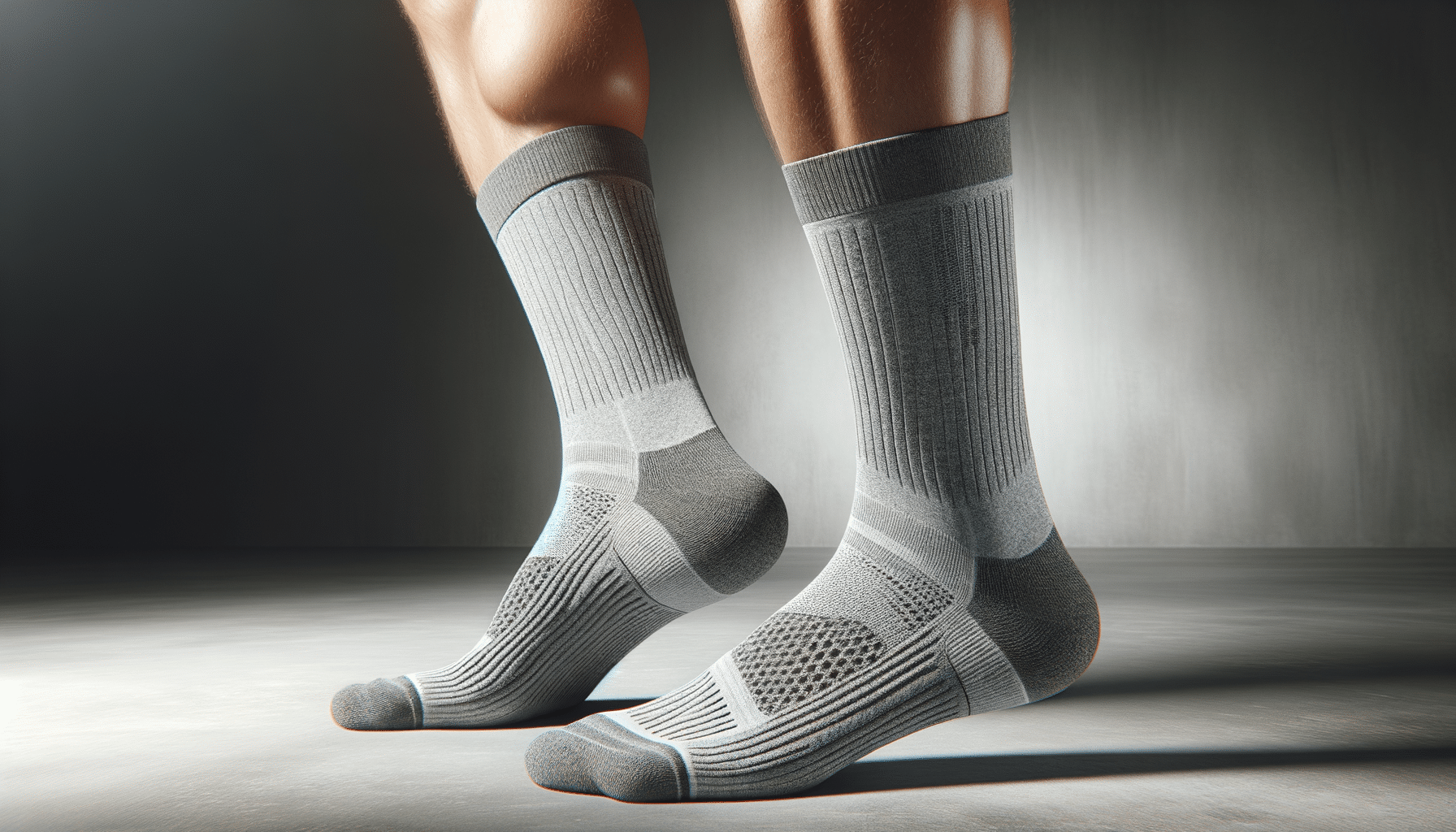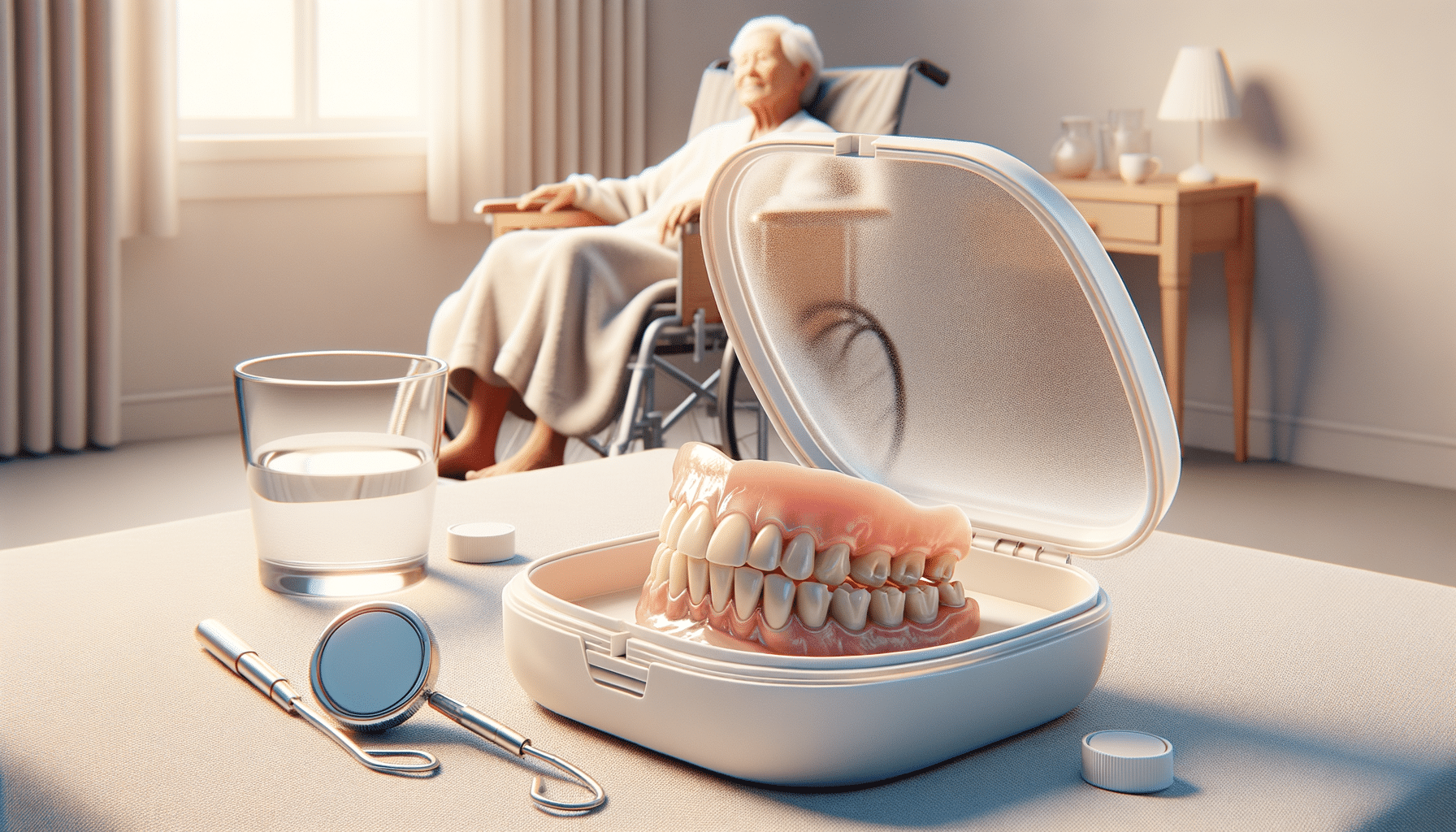
The Hidden Benefits of Supportive Hosiery for Health
The Science Behind Supportive Hosiery
Supportive hosiery, often known as compression stockings, has long been recognized for its health benefits, particularly in promoting better circulation. These garments are designed to apply gentle pressure to the legs, which helps to maintain blood flow and reduce discomfort and swelling. This is especially beneficial for individuals who spend long periods standing or sitting, as it helps to prevent the pooling of blood in the lower extremities.
Compression stockings work by exerting the greatest pressure at the ankle, gradually decreasing up the leg. This graduated compression helps to push blood back up towards the heart, combating the effects of gravity. Medical studies have shown that this can significantly reduce the risk of deep vein thrombosis (DVT), a condition characterized by blood clots that can form in the deep veins of the legs.
Moreover, supportive hosiery has been found to aid in the management of chronic venous insufficiency, a condition where veins are unable to efficiently return blood to the heart. By improving venous return, compression stockings can alleviate symptoms such as leg pain and heaviness. They are also recommended for individuals with varicose veins, as they can help reduce the appearance and progression of these swollen veins.
In summary, the science behind supportive hosiery is grounded in its ability to enhance circulation and provide relief from various venous disorders. By understanding the mechanics of how these garments work, individuals can make informed decisions about incorporating them into their health regimen.
Choosing the Right Supportive Hosiery
When it comes to selecting supportive hosiery, it is crucial to consider the level of compression that suits your specific needs. Compression levels are measured in millimeters of mercury (mmHg), with different levels providing varying degrees of support. For instance, mild compression (8-15 mmHg) is suitable for general comfort and relief from minor swelling, while moderate compression (15-20 mmHg) is often recommended for individuals with mild varicose veins or those who experience fatigue from prolonged standing.
For more serious conditions, such as DVT or severe varicose veins, a higher level of compression (20-30 mmHg or more) may be necessary. It is important to consult with a healthcare provider to determine the appropriate compression level, as improper use can lead to discomfort or exacerbate existing conditions.
In addition to compression level, the material and fit of the hosiery are also important considerations. Look for breathable, moisture-wicking fabrics that provide comfort throughout the day. Proper fit is essential to ensure the stockings provide the intended therapeutic benefits without causing undue pressure or restriction.
Ultimately, choosing the right supportive hosiery involves balancing medical needs with personal comfort. By taking into account factors such as compression level, material, and fit, individuals can find hosiery that effectively supports their health and well-being.
Incorporating Supportive Hosiery into Daily Life
Integrating supportive hosiery into daily routines can be a seamless process with a few practical tips. For those new to wearing compression stockings, it is advisable to start by wearing them for a few hours each day, gradually increasing the duration as comfort allows. This helps the body adjust to the sensation of compression and ensures that the hosiery is worn correctly.
It is recommended to put on supportive hosiery in the morning, before swelling occurs, to maximize their effectiveness. Removing them before bedtime is also advised, as circulation naturally improves when lying down. For individuals who travel frequently, wearing compression stockings during flights can help prevent the risk of DVT associated with long periods of immobility.
Maintaining the hosiery’s condition is also crucial for longevity and effectiveness. Regular washing, according to the manufacturer’s instructions, helps maintain elasticity and hygiene. Having multiple pairs can also be beneficial, allowing for rotation and ensuring that a clean pair is always available.
By adopting these practices, individuals can seamlessly incorporate supportive hosiery into their daily lives, reaping the health benefits while maintaining comfort and convenience.


